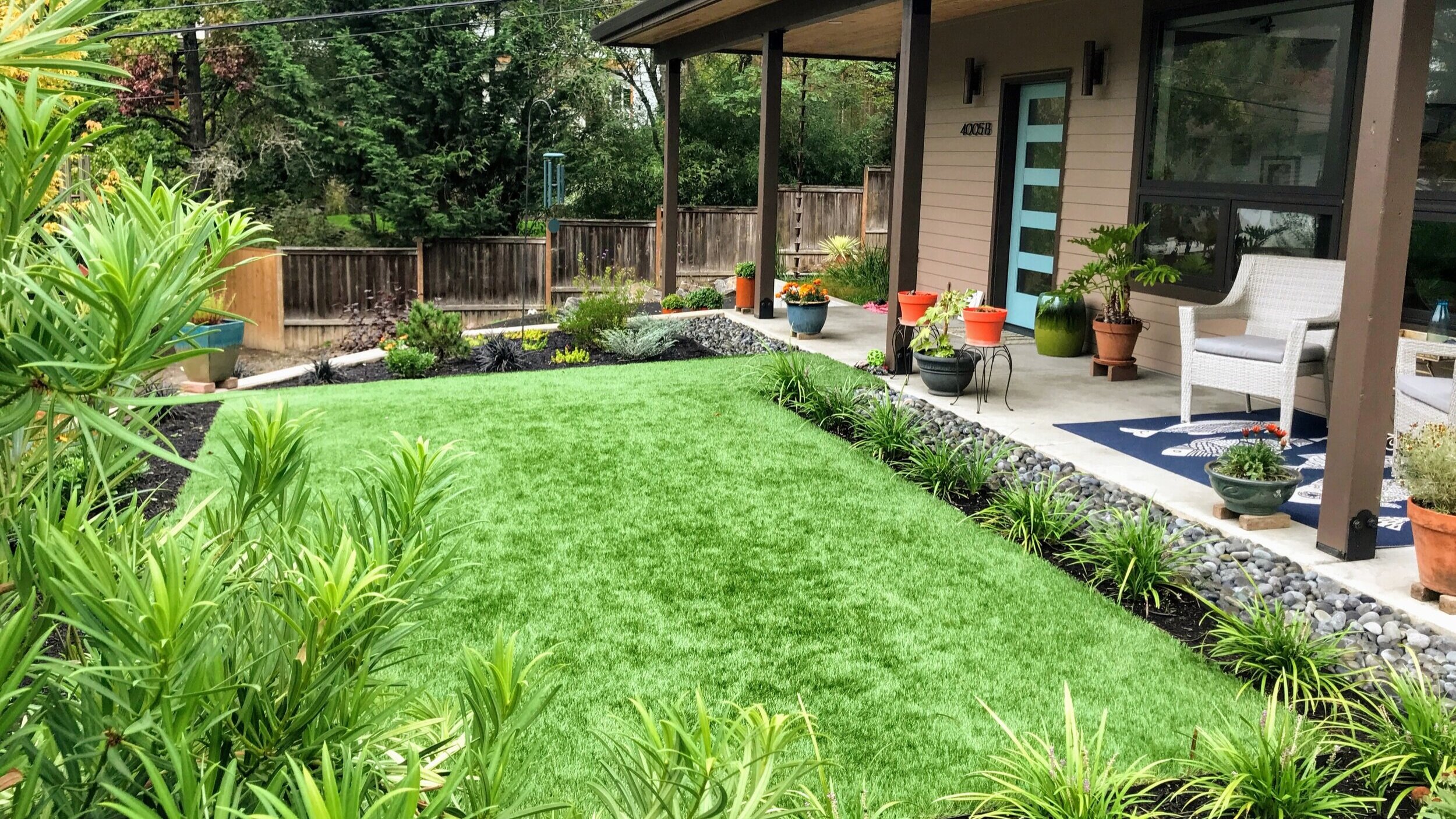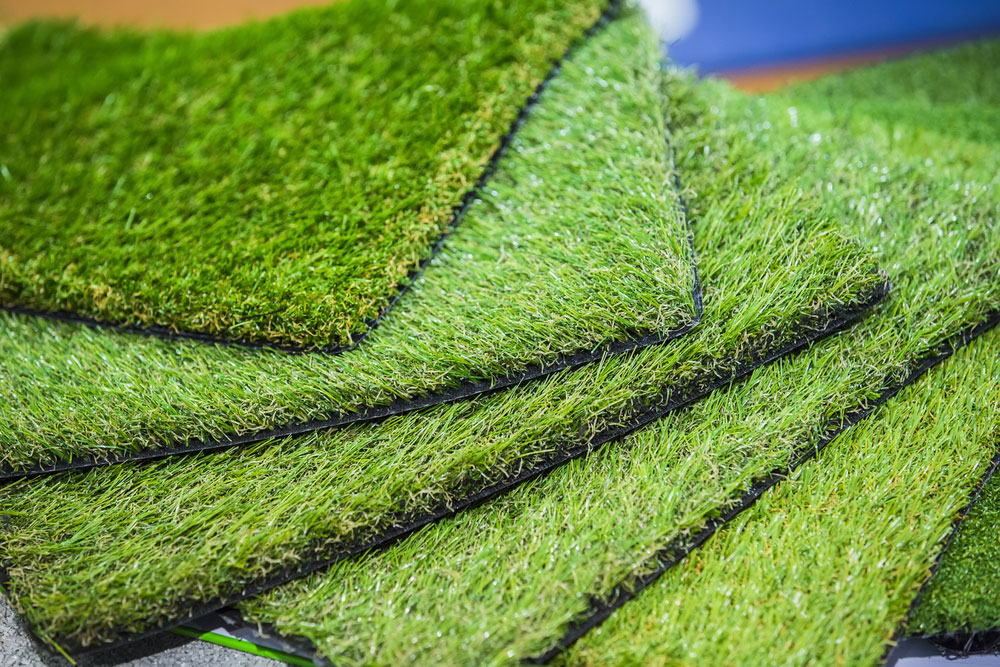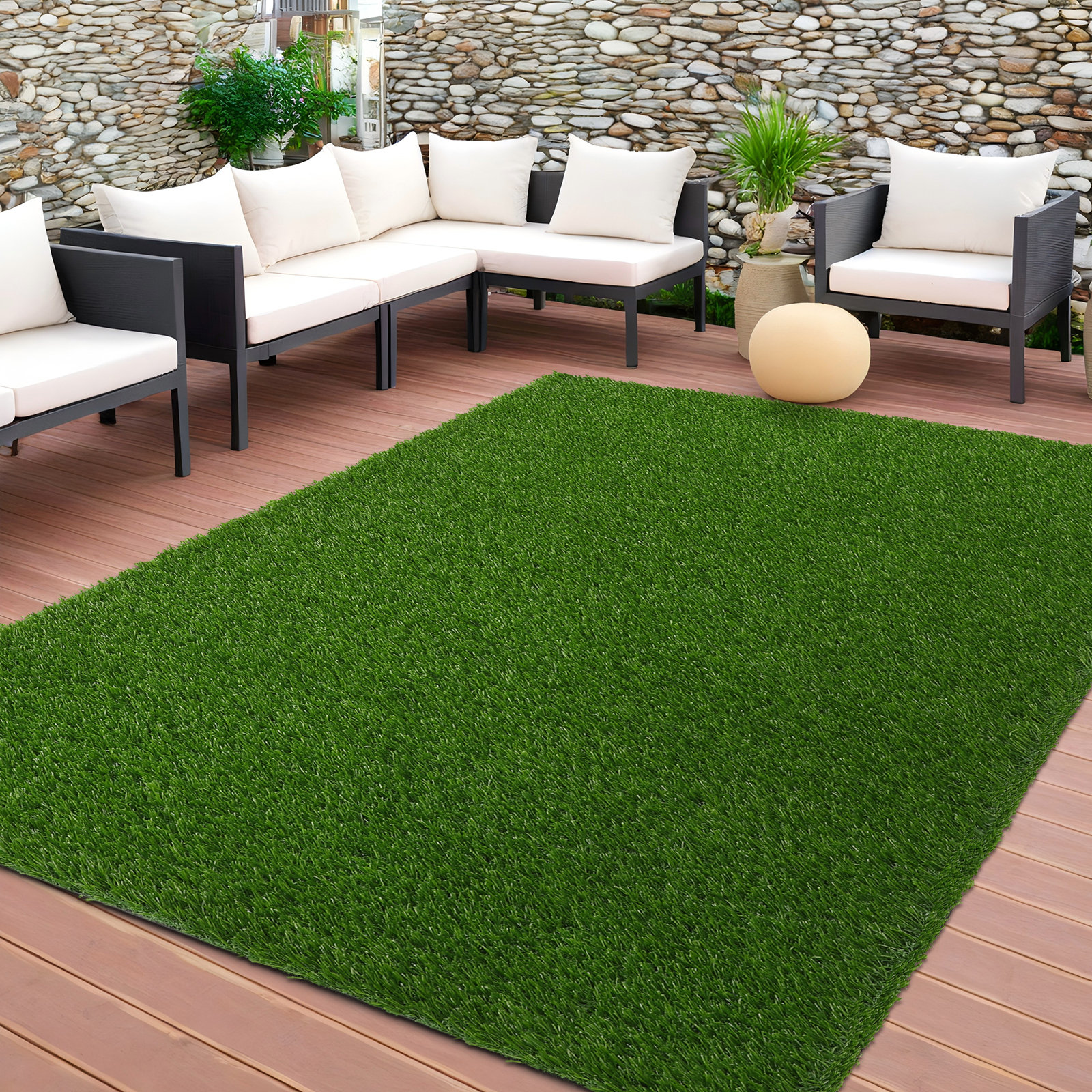See Why Homeowners Prefer Artificial Lawn for Lasting Landscape Design Practices
As homeowners progressively prioritize sustainability in landscaping, synthetic lawn has actually become an engaging option to standard turf. Its ability to save water, lower maintenance efforts, and lessen ecological impact placements it as a useful choice for those looking for environment-friendly remedies. Furthermore, the visual appeal and adaptability of man-made lawn satisfy diverse design choices. The implications of this shift prolong past mere ease and visual appeals, prompting a better exam of just how these options affect broader ecological outcomes. What remains to be explored is the full extent of benefits that synthetic grass can offer to home owners and the atmosphere alike.
Water Preservation Advantages
One of the most substantial benefits of synthetic lawn is its duty in water preservation. In contrast, synthetic grass eliminates this demand totally, as it does not call for irrigation.
Furthermore, the installation of fabricated lawn can add to an extra lasting landscape. House owners can considerably lower their water expenses, enabling for reallocation of resources to various other ecological campaigns or home usages. Additionally, man-made lawn is designed to stand up to various weather problems without the requirement for additional watering, making it an optimal option for areas facing water scarcity.
The environmental benefits extend past immediate water financial savings. By minimizing water consumption, synthetic grass helps to mitigate the influences of climate adjustment, maintaining important ecosystems that are threatened by excessive water removal. As lasting landscaping practices get grip, fabricated turf emerges as a responsible selection for house owners seeking to create eco-friendly outdoor spaces.
Reduced Upkeep Initiatives
Fabricated grass substantially minimizes maintenance initiatives contrasted to traditional lawn lawns. With man-made turf, homeowners can remove the taxing tasks connected with all-natural landscaping, such as mowing, fertilizing, and weeding. This not just conserves valuable time but likewise decreases physical labor, making yard care obtainable for people of any ages.
Among the most significant benefits is the absence of regular mowing. Standard grass call for frequent trimming to keep an aesthetically pleasing elevation, whereas synthetic grass remains consistently lush without the need for cutting. In addition, homeowners no much longer need to use fertilizers or chemicals, which are usually required to maintain natural grass healthy. This change not only lightens the workload but also promotes a neater, much more consistent look year-round.
In addition, man-made turf is resilient and resilient, needing minimal upkeep past occasional cleaning and rinsing to get rid of debris. This convenience of upkeep enables homeowners to appreciate their outside rooms without the continuous concern of upkeep, offering even more time for leisure and household tasks. Eventually, the reduced upkeep efforts associated with artificial grass make it an appealing option for those seeking a low-maintenance, visually appealing landscape.

Environmental Effect Decrease
There is an expanding recognition of the ecological advantages related to fabricated lawn, specifically in terms of water preservation and lowered chemical use. Conventional grass require considerable amounts of water, particularly in drought-prone areas, resulting in increased strain on regional water resources. In contrast, artificial lawn removes the demand for watering, substantially decreasing water consumption and advertising sustainability.
Furthermore, traditional lawn upkeep usually involves the application of fertilizers, herbicides, and chemicals, which can add to soil see post and water air pollution. Synthetic turf alleviates this ecological danger by needing marginal upkeep and practically eliminating the demand for hazardous chemicals. This not just enhances soil health but also secures neighborhood ecosystems from hazardous drainage.
Additionally, the manufacturing of natural grass lawns normally includes using nonrenewable fuel sources for mowing and landscaping devices, further adding to greenhouse gas exhausts. By choosing synthetic grass, property owners can significantly reduce their carbon footprint connected with yard care activities.
Visual Allure and Versatility
Along with its environmental advantages, man-made lawn supplies considerable visual allure and convenience for landscaping. Property owners can achieve a rich, eco-friendly look year-round, getting rid of the seasonal variations typically connected with natural grass. This consistent visual not just right here improves the aesthetic charm of a residential property but additionally adds to a well-maintained and polished look.
Furthermore, synthetic lawn is available in a selection of colors, appearances, and designs, permitting customization to fit private preferences and layout themes - Arizona artificial turf. Whether utilized in property yards, industrial areas, or recreational areas, it can perfectly incorporate right into varied landscaping styles, from modern-day minimal to lush tropical setups
The adaptability of man-made grass expands past simple appearance; it can be installed in different areas, including rooftops, patios, and also indoor areas, producing opportunities for unique landscape design remedies. In addition, it appropriates for a variety of activities, from youngsters's play locations to pet-friendly settings, giving capability without compromising design.
Eventually, the aesthetic appeal and adaptability of man-made grass make it an eye-catching alternative for property owners seeking sustainable landscape design solutions that do not give up appeal for environmental obligation.

Long-Term Cost Financial Savings
One of the most compelling advantages of synthetic lawn is its possibility for long-term cost financial savings. Unlike natural lawn, which needs routine maintenance-- consisting of mowing, watering, fertilizing, and insect control-- artificial lawn dramatically decreases these continuous expenses.
Additionally, synthetic grass has a lifespan of 15 to 25 years, relying on its top quality and use. This durability official statement minimizes substitute expenses, making it a more cost-effective choice in the future. Moreover, the initial investment in synthetic grass can usually be redeemed via the financial savings built up with time.
While the in advance cost might seem greater contrasted to sod installment, the advancing financial savings from lowered maintenance and water use commonly exceed these preliminary expenses. Inevitably, the fostering of synthetic grass not only advertises a sustainable landscaping remedy yet additionally uses house owners a financially wise alternative that lines up with long-term budgeting goals.
Conclusion
Artificial grass arises as an engaging choice for lasting landscape design, providing significant advantages in water preservation, minimized upkeep initiatives, and reduced ecological influence. As neighborhoods increasingly prioritize ecologically pleasant techniques, the adoption of man-made turf stands for a progressive step towards achieving sustainable and durable landscapes.
Furthermore, artificial lawn is created to withstand various climatic problems without the need for additional watering, making it a perfect choice for regions facing water deficiency. (Arizona artificial turf)

Fabricated lawn arises as an engaging choice for lasting landscaping, providing significant benefits in water preservation, lowered upkeep initiatives, and diminished environmental impact.